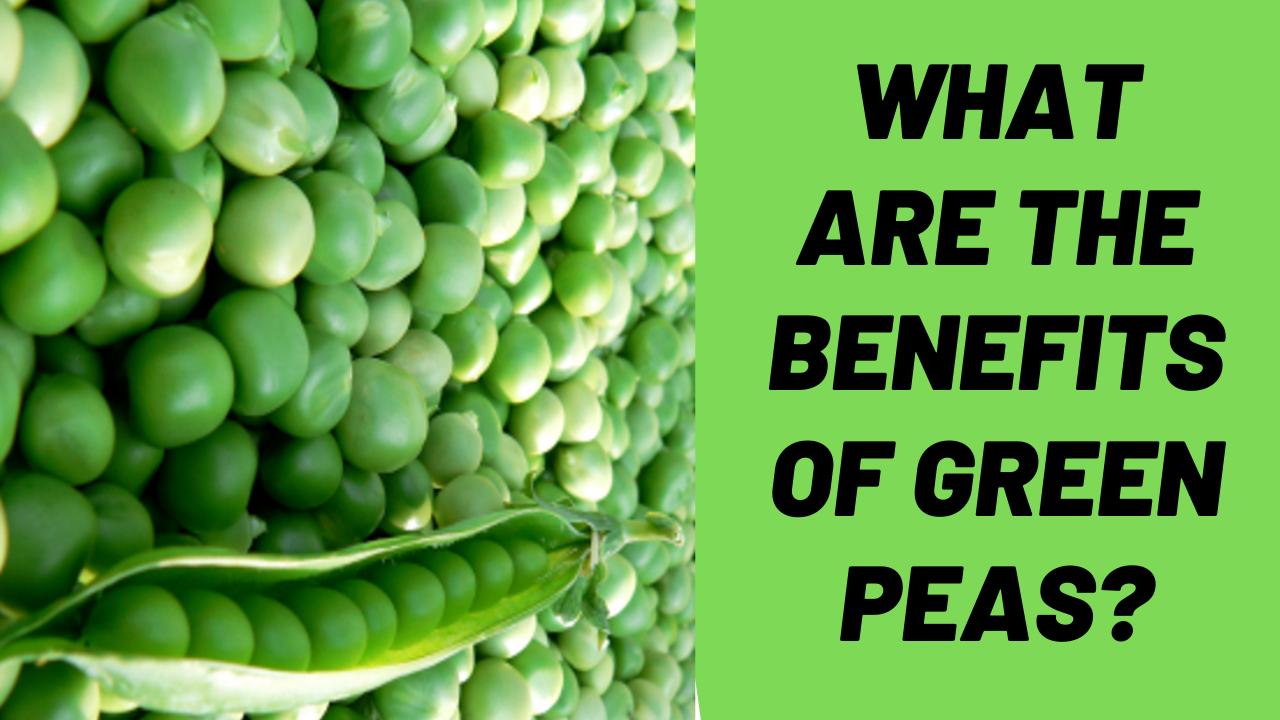Green peas fall under vegetables. They are one of the most consumed meals. They are also known to be nutritious. Green peas contain high amounts of antioxidants and fiber. Different researches have also indicated that frequent consumption of green peas reduces the risk of chronic conditions such as cancer and heart disease. On the other hand, there are those who think green peas are harmful because of their antinutrients. These antinutrients found in green peas are linked to bloating. We are going to determine if green peas are really healthy for our bodies.
Description of green peas
Green peas are derived from pisum sativum plant and are usually spherical small seeds. This legume can be traced back hundreds of years ago. Above all; green peas are distributed all over the world. Green peas come are currently found in different forms. They can be canned, frozen or fresh. There are also different types of green peas to choose from. Purple peas, black-eyed peas and yellow peas are some examples of green peas. Taste and appearance are some features you can use to differentiate different types of peas.
The high levels of antioxidants and nutrients in Green peas
Green peas contain different kinds of nutrients. They also contain low amount of calories. This is the reason people frequently include peas in their diet. Below are some nutrients in green peas and their benefits:
- Fiber- Fiber helps lower the cholesterol levels in the body. It also helps in normal bowel movement through the digestive tract.
- Protein-Protein helps repair and build cell tissues. Hormones and enzymes are also made from protein.
- Vitamin A- Vitamin A boosts the immune system, improves the health of bones, reduces risks of specific types of cancer and reduces acne.
- Vitamin K- Vitamin K aids in blood clot. This Vitamin also helps regulate blood calcium.
- Vitamin C-Vitamin C helps repair different body tissues. It also promotes proper growth of new body tissues.
- Thiamine- Thiamine is also called Vitamin B1. It aides the body use carbohydrate as energy.
Phosphorous, manganese, iron and folate are other nutrients found in green peas. The high amounts of protein make green pea outshine other vegetables. These vegetables also contain high amounts of polyphenol antioxidants, linked to numerous health benefits.
Green Peas contain high amounts of protein and are filling
Green peas contain high protein levels. Therefore, consider green peas if you want to increase your protein intake. Protein is filling in nature. This is the reason you feel full faster and for a long time whenever you eat green peas. These vegetables also contain a reasonable amount of fiber. So, how does protein perform its function? Protein is capable of increasing the levels of hormones responsible for reducing appetite. The combination of protein is what makes you feel full by slowing down the digestion process. It has been proven that eating both protein and fiber significantly reduces the levels of calories you spend on each interval. It also helps keep appetite at bay. Therefore, consider green peas if you are looking for meals that will help deal with weight loss.
Green peas help control Blood sugar levels
It has on several occasions proven that green peas can help control blood sugar levels. Green peas contain some properties that are effective in blood sugar control. This vegetable also keeps your blood sugar levels intact despite the amounts of green peas you consume. Therefore, diabetic people can greatly benefit from frequently consuming green peas. Fiber found in green peas reduces the absorption rate of carbs. This is what helps keep blood sugar levels intact. Blood sugar control might help against some conditions such as heart disease.
Fiber helps in digestion
Green peas contain high amounts. Fiber has a long time been used in improving the wellness of the digestive tract. Green peas perform its function by feeding the good bacteria in the intestine. This is what benefits the digestive tract in numerous ways. Fiber ensures the good bacteria remain healthy. It also prevents bad bacteria for growing in number throughout the digestive tract.
Frequent consumption of green peas reduces risks of developing some gastrointestinal conditions. These conditions range from colon cancer, irritable bowel syndrome and inflammatory bowel disease. Fiber in green peas is insoluble. Insoluble fiber doesn’t blend with water. This makes it easy to pass stool through the digestive tract as it adds its weight.
Green peas protect against some chronic diseases
Some properties and components of green peas help prevent some chronic conditions. Below are some of these chronic conditions:
- Heart disease- Green peas contains healthy amounts of minerals. Some minerals such as calcium, potassium and magnesium improve the health of the heart. These minerals improve the health of the heart by reducing blood pressure. High blood pressure is one of the causes of heart diseases. The high amounts of fiber in green peas reduce the levels of bad cholesterol, which are linked to heart conditions. Antioxidants, vitamin C, carotenoids and flavonols also reduce risks of stroke and heart complications.
- Cancer- Cancer is one of the killer diseases at the moment. It has been proven that frequent consumption of green peas reduces the risks of cancer. This is mostly because of its antioxidants and capability of reducing inflammation. Saponins, plants compounds found in green peas contain anti-cancer effects. It inhibits growth of any cancer tumor. Vitamin K also helps against cancer.
- Diabetes- Green peas have for a long time been used in controlling blood sugar levels. This is effective in controlling diabetes or even preventing diabetes. Protein and fiber found in this vegetable keeps blood sugar levels at bay. Green peas also contain Vitamin K, Vitamin C, Vitamin A and magnesium. These nutrients lower the possibility of developing diabetes.
The antinutrients in Green peas
Green peas contain high amounts of nutrients. They also contain antinutrients. Antinutrients are mostly found in grains and legumes. They are known to interfere with mineral absorption and the overall digestion process. This might be a problem for peo0ple who consider green peas and other legumes their staple food. Such people risk malnutrition. Below are some antinutrients commonly found in green peas:
- Lectins- Lectins are linked to bloating and gas. This can interfere with the rate in which nutrient is absorbed.
- Phytic acid- This antinutrient affects absorption of magnesium, zinc, calcium and iron.
The levels of antinutrients in green peas are lower when compared to other legumes. Below are some ways you can avoid negative effects from antinutrients:
- Eat reasonable amounts of green peas. Green peas are likely to present side effects if you consume them in high amounts.
- Soaking, sprouting and fermenting are some preparation methods you can use to reduce the amounts of antinutrients in green peas.
- Eat your green peas only after they have been fully cooked.
Can Green peas cause bloating?
All legumes, including green peas are more likely to cause bloating. Bloating leads to swelling of the stomach, which brings out discomfort and gas. Flatulence is also linked to bloating. FODMAPs are linked to bloating. Try and reduce the size of FODMAPs if you are prone to bloating.
Bottom Line
It is evident that green peas contain high levels of antioxidants, fiber and nutrients. This composition helps fight numerous chronic diseases. The antinutrients levels shouldn’t hinder you from consuming green peas. You simply need to watch the amounts of green peas you consume. Green peas will also benefit your body in numerous ways.




